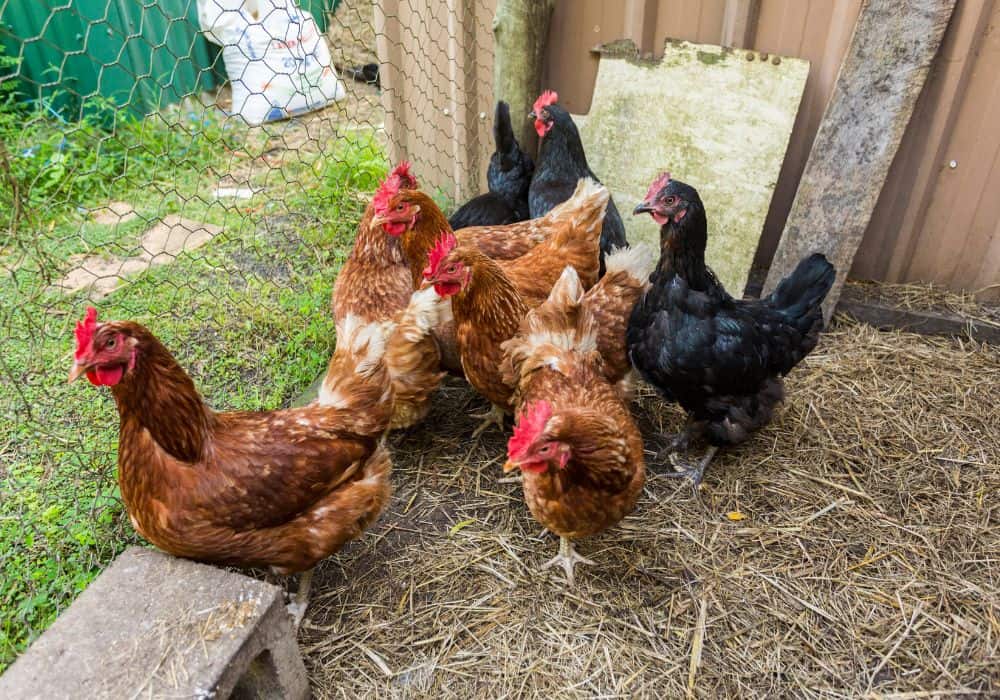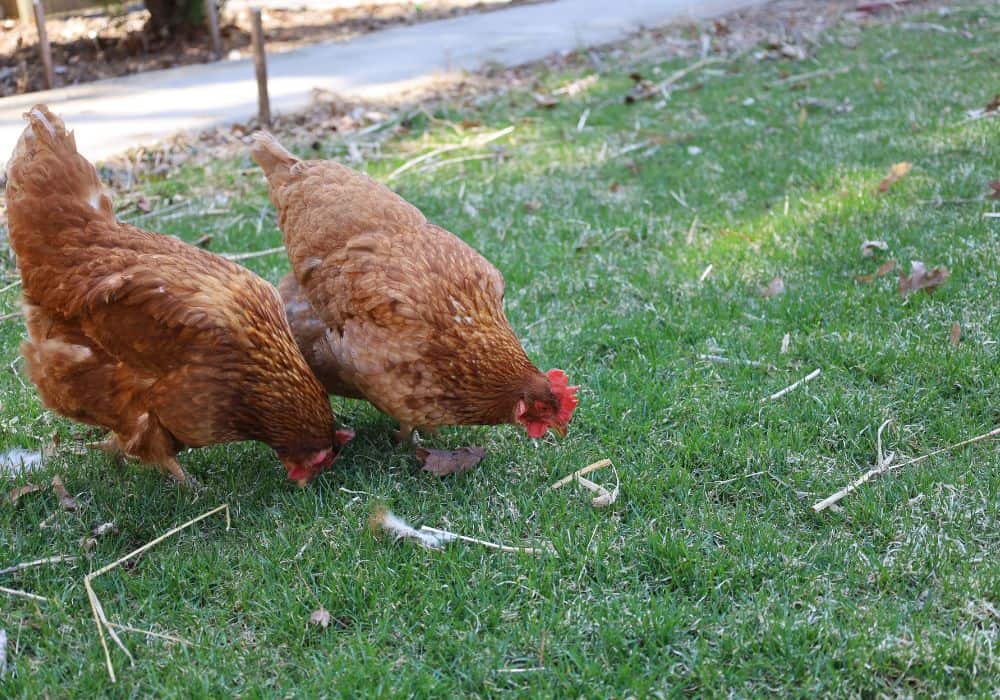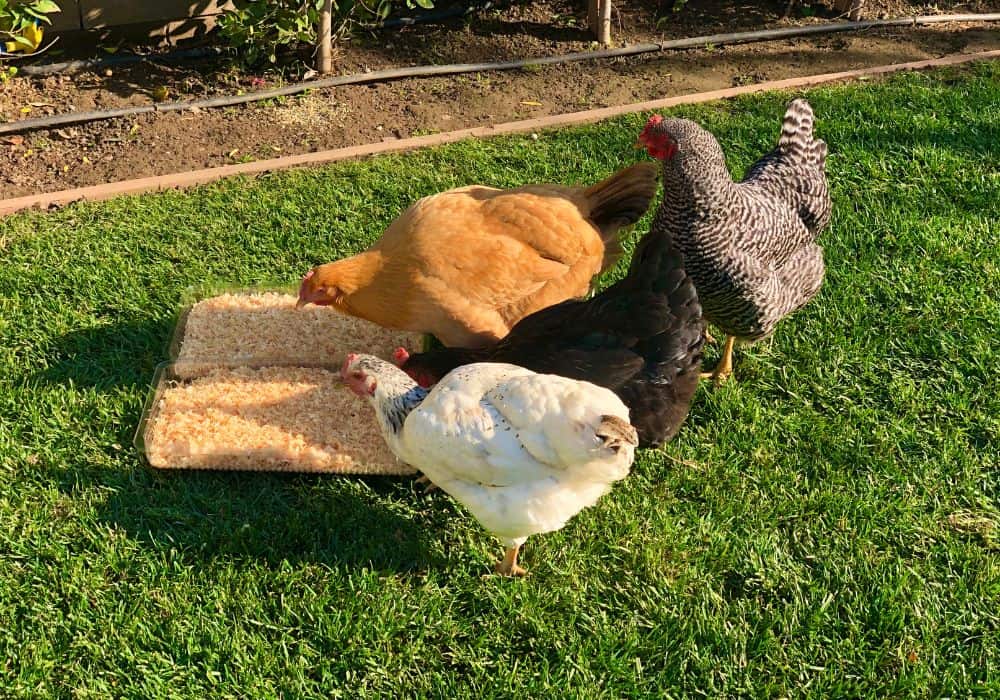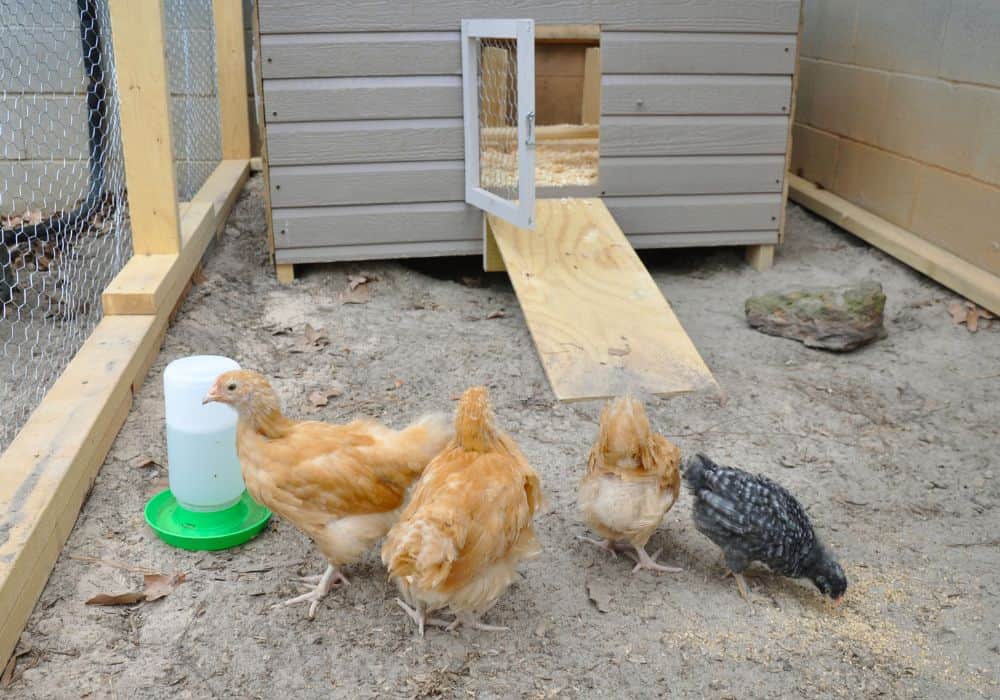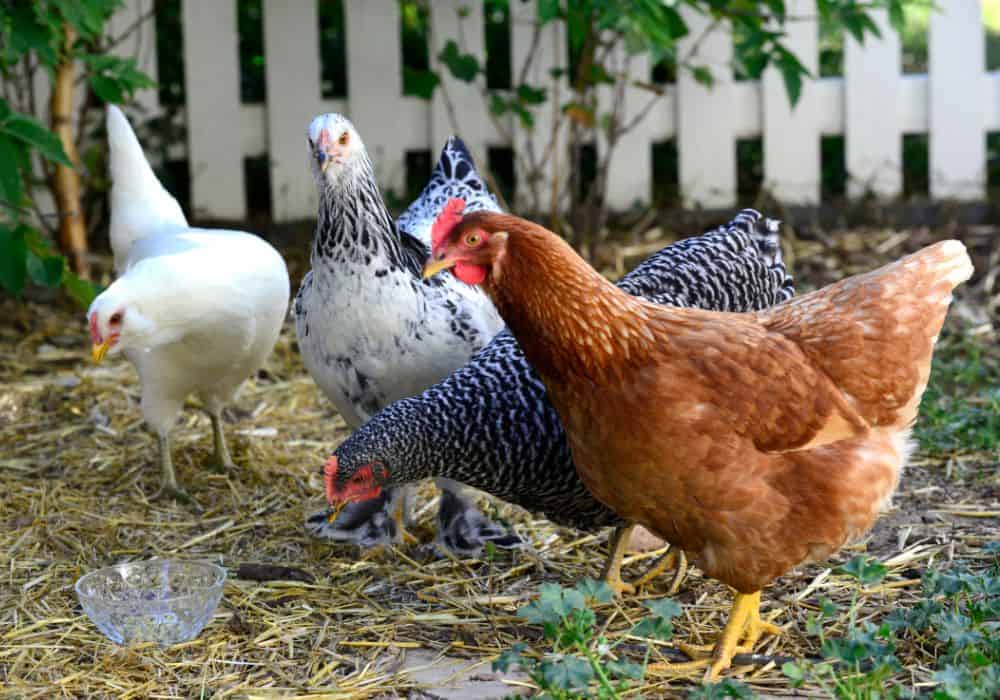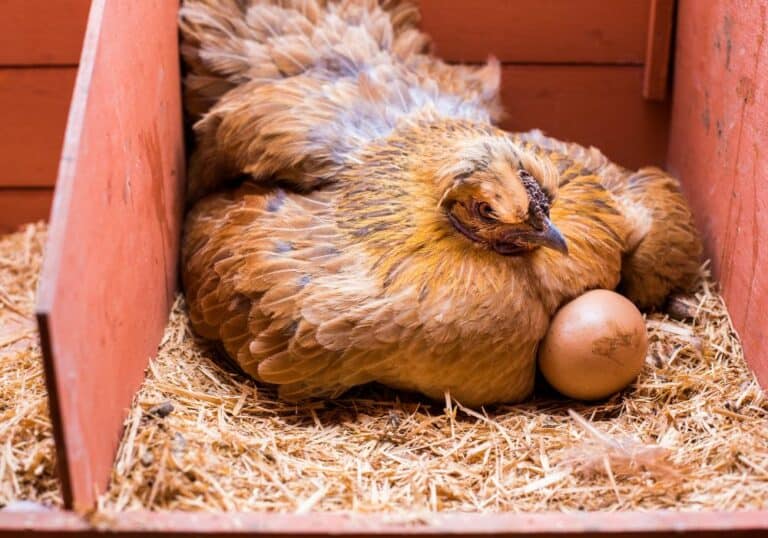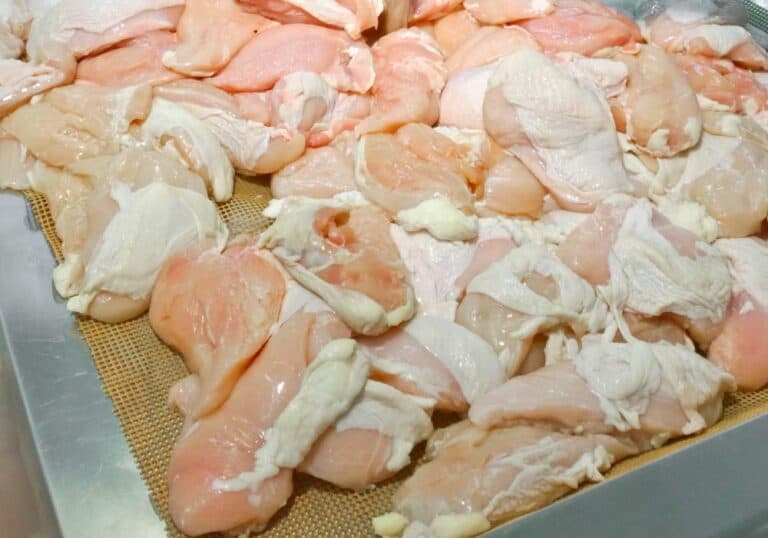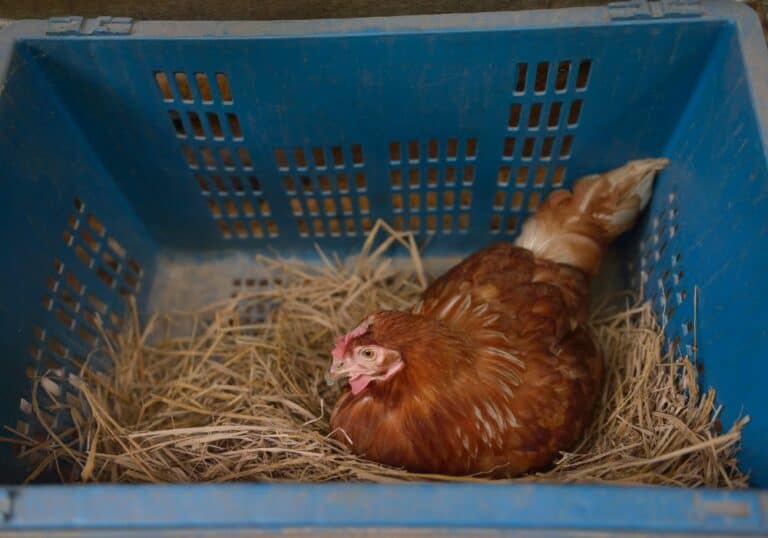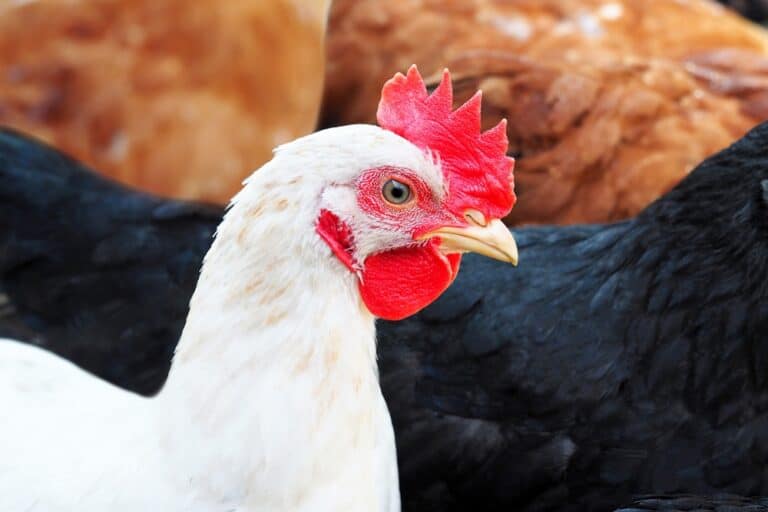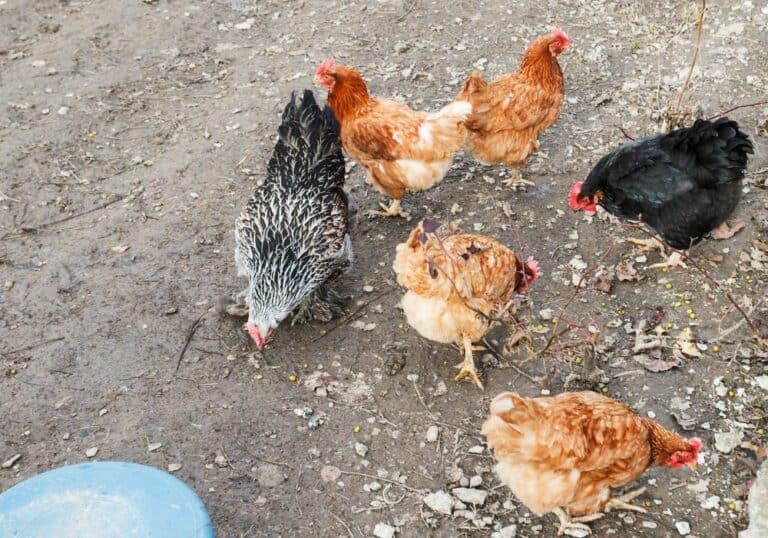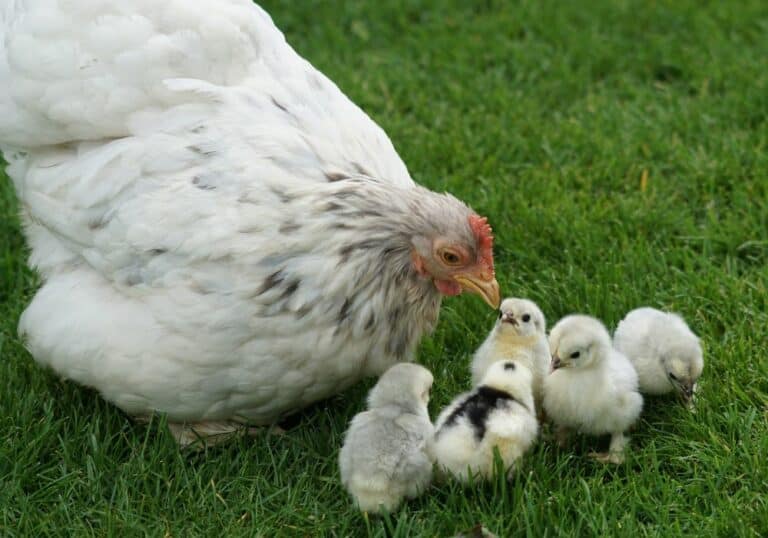Are your baby chickens becoming frail and weak? Do you often notice them refusing food and spending time alone? Well, these can be symptoms of a pasty butt!
Just look at the back of your little furry friend and check whether poop is stuck to the vent. If it has, then you need to treat it immediately, or else it can lead to severe health issues. In some cases, chicks can even die.
So, without further ado, let’s learn about what exactly is pasty butt chicken, its causes, and the proper treatment. We’ll also discuss ways to prevent pasty butts from happening again. Read more!
What is Pasty Butt?
People also refer to pasty butt as pasting up or pasted vent/butt. Whatever name you use, the condition being talked about remains the same.
A pasty butt is a common health issue in baby chicks. It occurs when their poop sticks to the vent and dries up. This is a huge problem because the poop doesn’t stay stuck to the external part only.
It plugs the vent hole (located right under the tail) and prevents the excretory products from exiting the body. As a result, these harmful materials build up inside your chick’s system and affect its health negatively.
The chick will stop eating and grow weak. Meanwhile, the poison in the trapped excretory products will act on the rest of the body – leading to death.
Please note that pasty butt can also occur in teenage or adult chickens. Although it is rare, you should always keep an eye out for pasty butt symptoms.
How to Examine Your Chick for a Pasty Butt?
To examine, pick up the chick gently and use a finger to lift up its tail. The vent hole should be present right underneath the tail. In normal circumstances, it should be pink and moist.
However, if your chick is suffering from a pasty butt, there will be matted brown buildup on/protruding from the vent. The area will be dry and smelly.
Caution – it is easy to confuse the belly button of a chick with a pasty butt. Since the chick has hatched recently, it still has the brown umbilical cord attached to the belly button (which resembles a pasty butt).
Please know that the chick’s belly button is located a little higher between the legs (towards the belly. Meanwhile, the vent is right below the tail.
What Are the Causes of Pasty Butt in Poultry?
Pasty butt is triggered by a lack of care and mishandling. Unlike adults, baby chicks are very fragile and delicate. If you don’t provide them with the perfect environment in their early days, they won’t survive much longer.
So, be vigilant and pay special attention to the following:
1. Too Much Stress
If you’ve ordered the baby chicks from a hatchery, chances are that they have arrived heavily stressed. It’s because young chicks don’t like being packed into cartons and transported over long distances.
The unnatural environment and constant movement induce fear. They are also likely to be scared of loud vehicle noises. Even if you have incubated the chicks, the lack of space and sudden encounters with humans can make them very uncomfortable.
All this puts a lot of stress on them. And, with a stressed body, the internal system doesn’t work as properly as it should – hence, leading to pasty butts.
2. Body Temperature
Like human babies, the body temperature of a chick fluctuates very rapidly. It will go to extremes in minutes, so, you need to take additional measures to ensure a stable body temperature.
Unfortunately, delivery systems don’t handle baby chicks with great care. They are likely to be left in various cold or hot spots as the box moves closer to the destination. The situation is even worse when a heat source is added to a crowded box.
Since chicks don’t have enough space to move away from the heat source, their body temperature rises and overheats them. Some may also pant from dehydration and heat. As a result, they develop pasty butts.
3. Diet
Chicks up to 1-week of age don’t have a strong digestive system. Their bodies can’t break down the complex and heavy ingredients present in normal food. So, when the poorly digested material travels to the intestine, it becomes more thick and viscous.
Its movement becomes sticky and difficult. When it finally reaches the vent for expulsion, the matter is unable to move out and gets stuck to the backside. Hence, you should never give regular chicken feed or treats.
Go for a high-quality chick starter feed, or make your own at home!
4. Dehydration
Dehydration refers to the lack of water in the chick’s body. Without sufficient water content, the bowel movement isn’t smooth and painless. It causes the excretory products to clog and result in a pasty butt.
Usually, dehydration occurs along with stress and overheating. If your chick was delivered to you through the mail, the little fluffball is likely to be stressed, overheated, and dehydrated. All of this makes the chick’s condition worst.
Your baby chicks can also experience dehydration when left in crowded incubators for long periods. Or if you haven’t provided them access to a safe water source.
5. Illness
If your adult chickens are getting pasty butt, it may be because of an underlying issue. This can include Coccidiosis or any other infection. It’s best to clean the chicken and seek professional assistance.
How to Treat Pasty Butt Chicken?
Treating pasty butt is simple (only if you don’t mind wiping some chick poop!). However, please note that pasty butt gets worse with time. So, the moment you notice the symptoms of a pasty butt, treat it immediately.
Here is a step-by-step guide to help you complete the process:
1. Arrange the Materials
You will need some very basic household items; a tub of warm water, paper towels, a small piece of cloth, and a hair dryer. We also recommend the use of gloves to protect your hands from germs and poop.
2. Hold the Chick Properly
Once you’ve everything available, wear the gloves and hold the affected chick in your hand. It will make noises but don’t panic. Baby chicks aren’t used to being handled by humans and will protest out of habit.
Try to comfort the chick and keep your hand movements gentle. Ideally, you should use your forefinger and thumb to hold the chick so that the rear end faces outwards. Don’t press on its fragile body or shake it.
3. Soak the Pasty Butt
Now, gradually dip the chick’s butt in the tub. The water temperature shouldn’t be hot or cold. It should be warm, otherwise, the chick will fall sick. If possible, make sure the windows and fans in the room are closed too.
Some people prefer to rinse the pasty butt in the bathroom sink. The area is not only enclosed (no wind to lower the chick’s body temperature), but the availability of warm water in the tap means you won’t have to clean the tub later.
4. Wipe It Gently
Whether you soak or rinse the pasty butt – both will have the same effect. The water will cause the hard dried poop to soften up and loosen from the feathers. Once this happens, use a paper towel or cotton swab to wipe it off.
If the poop still stays stuck, don’t pull it out. Instead, soak the butt and try wiping it again.
5. Dry Your Chick
After the poop is cleaned, wrap your chick in a small piece of cloth and dab the rear end. Then, use a hair dryer to fluff up the feathers. If you don’t do this, the pink-red vent will be visible and can attract pecking from other baby chicks.
So, just turn the heat settings to the lowest and dry the wet area from a distance. Your hair dryer should be at least 7 to 8 inches away from the vent. If you notice redness or scabs on the chick’s bottom, apply a bit o petroleum jelly (vaseline) to the affected area.
Simple Tips to Prevent Pasty Butt
Nobody wants to deal with pasty butt, so it’s best if you take measures to prevent it for as long as possible. Here are some useful prevention tips to try:
- Keep the hatched babies with a broody hen. She will not only regulate the body temperature of chicks using her feathers. But she will also keep them clean.
- Don’t feed your chicks except for a premium chick starter feed. If your baby chicks have poor immune systems, add high-quality supplements to their diet.
- Ensure the incubator temperature doesn’t fluctuate to extremes.
- Always order baby chicks from nearby hatcheries to minimize transportation time. It’s best if you can pick them up yourself.
- Limit interaction with the hatchlings during their early days. Keep your children away and only touch the chicks when there’s a need. If possible, place the babies with a broody hen to provide a natural environment and reduce stress.
Healthy Chicks = Healthy Flock!
A pasty butt isn’t a rare condition. But if you don’t treat it on time, it can become fatal for your chicks. Here’s a recap of how to treat a pasty butt:
- Collect the required materials and hold the chick gently in your hand.
- Soak the chick’s vent or butt In warm water. You can also rinse it in the bathroom sink.
- When the poop is wet, use a soft towel to wipe it off. Repeat until the chick’s vent area is completely clean.
- Dry the chick using a cloth piece and a hair dryer. Leave the chick amongst other backyard chickens, and wash everything to get rid of any bacteria.
It’s important that you identify the cause behind pasty butt and work on eliminating it. Otherwise, your chicks will keep getting sick again and again!

